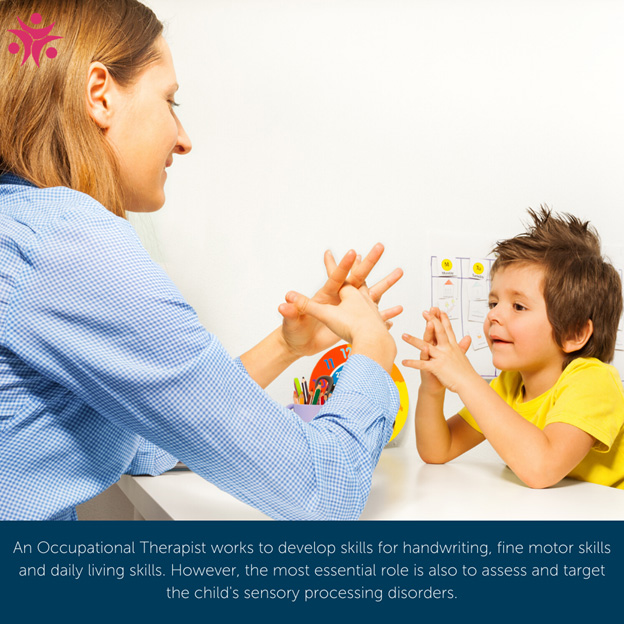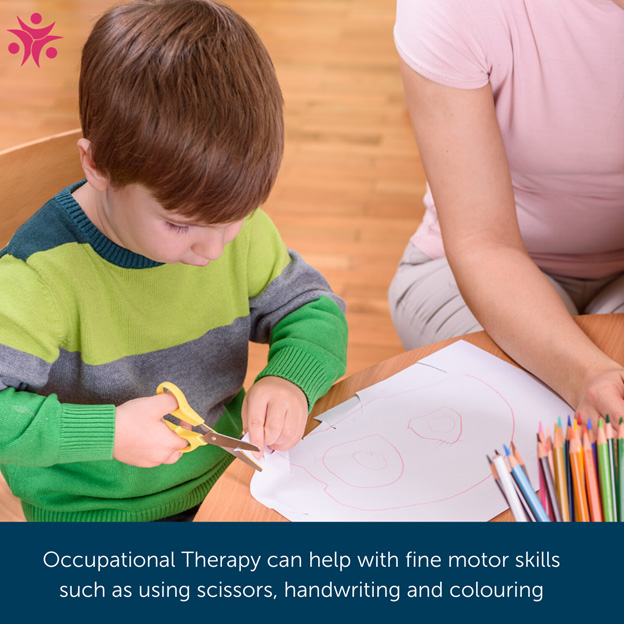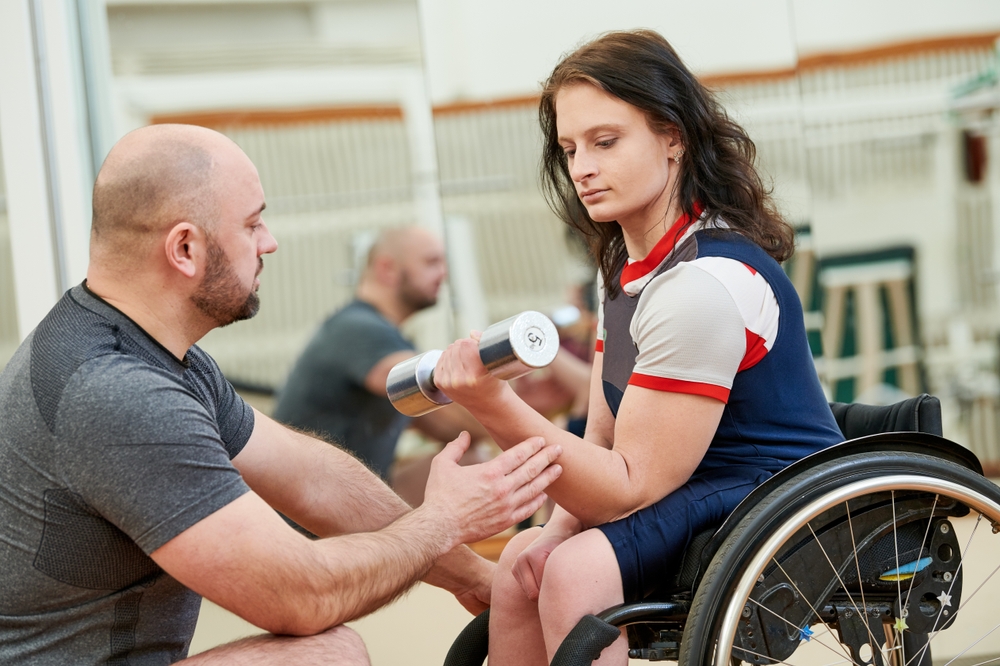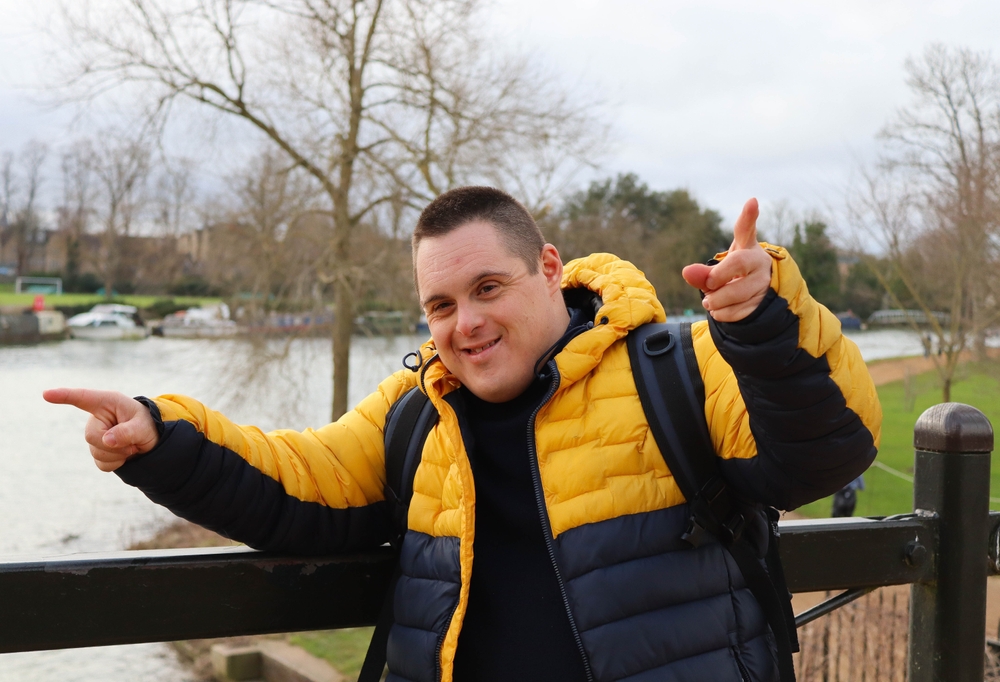Make an Appointment
Autism Spectrum Disorder is characterised by socialisation issues, trouble communicating, and emotional outbursts that seem inconsistent with social norms, among other challenges. There are several therapeutic approaches that can be taken when working to help a child with autism and occupational therapy is one of them.
Here, we’re going over how can occupational therapy help a child with autism, what occupational therapy is, how it works for someone with autism, and the benefits occupational therapy can have for someone facing these challenges.
What is occupational therapy?
Occupational therapy is focused on the improvement of day-to-day activities. Usually working with a person’s parent or spouse, caregiver, teacher, or other members of a person’s direct community, occupational therapy works on functional routines for those with an illness or injury.
Instead of working in a clinical environment, occupational therapy often meets the client where they are. In occupational therapy, you’ll be working on things like tying your shoes, walking stairs, or communicating with your teachers.
In fact, at Physio Inq, we offer mobile occupational therapy services. There’s no need to even come into the clinic. We’ll meet you at your home, school, or workplace to help with the everyday tasks that need attention in the environment in which they’ll be used.
For people with autism, the disorder affects many aspects of their lives. Especially as young children, they’ll need extra support to learn better motor skills to help them in school and playtime situations as well as self-care skills like brushing their teeth.
Occupational therapy consists mostly of the physical side of things and should be done in tandem with emotional therapy that can help with more cognitive and behavioral assistance. Overall, the goal of occupational therapy for a child who has autism is to improve their quality of life both at home and school.

How Occupational Therapy Works for People with Autism
Occupational therapy for children with autism is structured in two stages and it starts with an evaluation. Therapists will watch how the child moves through life and assesses whether or not they are behaving in ways that are normal for their age range.
Activities that might be observed and noted include:
- Attention span
- Playtime skills
- Need for personal space
- Response to stimuli
- Motor skills
- Aggression
- Interactions and relationships with others
Once the occupational therapist has a better understanding of what the child struggles with, they’ll create a personalized program to enhance the skills that are lacking.
There’s not a one-size-fits-all approach to occupational therapy and everyone’s autism will present itself differently. However, it has been shown that early, structured, personalized therapy has the best results.
Benefits of Occupational Therapy for Autism
Occupational therapy for people with autism usually starts in the childhood years. When children with autism receive occupational therapy, they can improve in many of the skills that their disorder makes difficult.
The focus of occupational therapy for someone with autism is on independence. By introducing, maintaining, and improving certain skills, some of the benefits of occupational therapy for autism include improvements in:
- Daily living skills like getting dressed, brushing hair, and using the toilet
- Fine motor skills to help with using scissors, handwriting, and colouring
- Gross motor skills like walking, riding a bike, and playing sports
- Sitting and posture
- Perceptual skills such as distinguishing between colours, shapes, and sizes
- Body awareness and spacial awareness
- Visual skills
- Social skills like playing, coping with change, problem-solving, and self-care
Another huge benefit of occupational therapy for those with autism is the addition of sensory integration therapy. Most children with autism have issues processing sensory input. They’re easily overwhelmed by sometimes the smallest stimuli so occupational therapists have tools to improve how they deal with this stimuli.

Sensory processing difficulties can present themselves as balance problems, body awareness issues, and oversensitivity to clothing, for example. To help, an occupational therapist might try sensory integration therapy techniques such as:
- Brushing the skin or deep massages
- Compression of elbows and knees
- Swinging or spinning exercises
- Using a weighted vest
Overall, these are just the individual skills that can be improved upon using occupational therapy. The wider benefits of occupational therapy for someone with autism are:
- The ability to build and maintain meaningful peer and adult relationships
- Learning how to better focus on a single task
- Learning how to delay gratification
- The ability to express emotions in more socially appropriate ways
- Engaging the playtime with peers and siblings
- Learning how to self-regulate
These achievements only scratch the surface of what can be accomplished with occupational therapy. By working on the various challenges that children and adults with autism face, occupational therapy can greatly improve their quality of life.
How to Get Occupational Therapy for Autism
There are a few ways to obtain occupational therapy for someone with autism. You can contact your child’s school about acquiring an occupational therapist as many schools are required to provide occupational therapy to those who need it.
Otherwise, contact our local Physio Inq Occupational Therapy services to book a consultation with one of our expert occupational therapists. Our mobile services are a great way to utilise the benefits of occupational therapy while allowing the child to remain in an environment where they feel comfortable.
Sometimes, bringing someone with autism to a clinical setting can backfire as the unfamiliar stimuli can be too overwhelming. That’s why we’re happy to come to you and maximise the results of occupational therapy.
It can’t be said enough how beneficial occupational therapy can be for someone with Autism Spectrum Disorder. People living with autism go through a lot and occupational therapy can help to attain an overall better quality of life.
With a bit of effort, a structured approach, and the help of a supportive community of people, occupational therapy and committed caregivers can truly make a difference for children and adults with autism.
Date Published: Thursday, December 19, 2019
Locate a Occupational Therapy
Service Near me
Get the experience & convinence you deserve to support your or a loved one's allied health needs.
Our Occupational Therapy team are currently serving & taking appointments in the following states and regions in Australia:
Need to get into direct contact with ur Client Services team? We're all ears. Call our team directly on 1300 731 733








